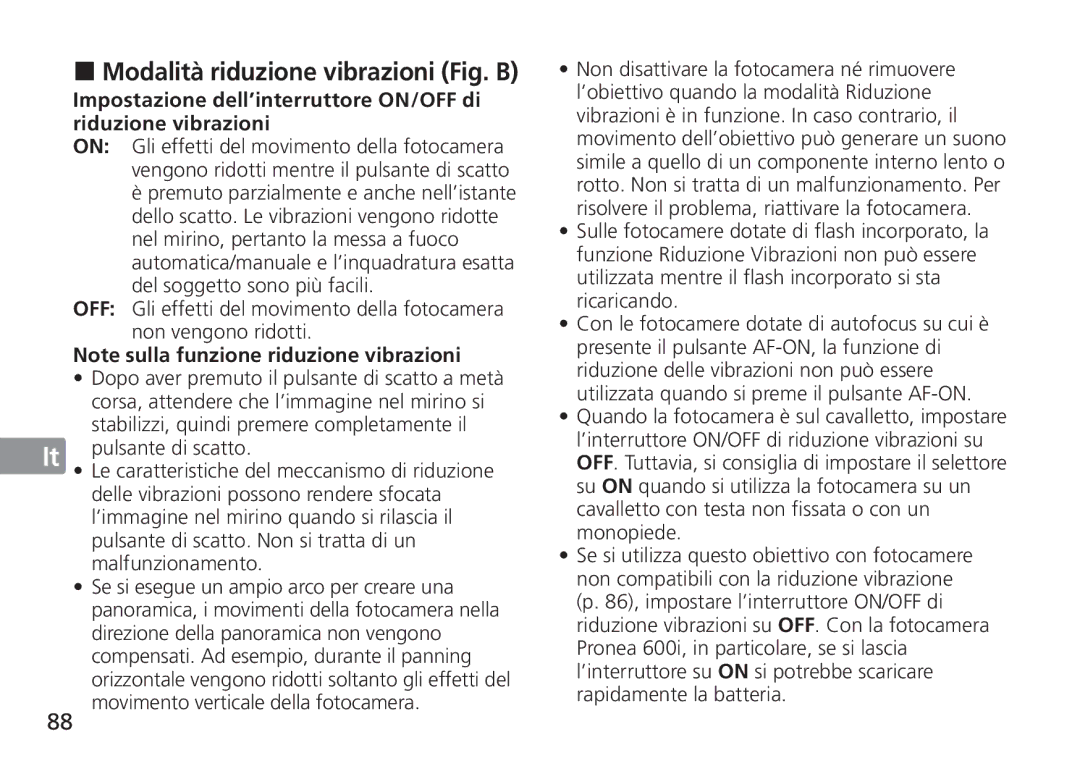AF-S specifications
The Nikon AF-S 35mm f/1.4G lens is a highly regarded prime lens designed for Nikon’s FX-format (full-frame) and DX-format (crop sensor) cameras. Known for its exceptional optical performance and versatility, the lens is a popular choice among professional photographers and serious enthusiasts.One of the standout features of the AF-S 35mm f/1.4G lens is its large maximum aperture of f/1.4. This wide aperture allows for outstanding low-light performance, enabling photographers to capture sharp images even in dimly lit environments. The lens also provides beautiful background bokeh, making it ideal for portraiture and street photography, where subject isolation is desired.
The optical construction of the lens consists of 11 elements in 9 groups, which includes two aspherical lens elements. These aspherical elements help to minimize optical distortions and ensure that image quality remains consistent across the frame. The lens also incorporates Nikon's Super Integrated Coating (SIC), which enhances light transmission and reduces flare and ghosting, resulting in improved contrast and color accuracy.
An essential characteristic of the AF-S 35mm f/1.4G is its Silent Wave Motor (SWM) technology. This innovative motor provides fast, quiet, and precise autofocus capabilities, allowing photographers to lock onto subjects with ease. The lens also features a focus switch that enables seamless switching between automatic and manual focus modes, granting photographers full control over their shooting experience.
Durability is another significant aspect of the lens’ design. The AF-S 35mm f/1.4G features a weather-sealed construction, making it a reliable choice for outdoor photography, even in challenging weather conditions. The lens is designed to withstand dusty environments and moisture, ensuring longevity and performance in a variety of scenarios.
Additionally, the lens has a filter diameter of 67mm, making it compatible with a range of filters such as polarizers and ND filters to enhance creative possibilities. Weighing approximately 600 grams, the lens strikes a balance between portability and robust build quality, making it an excellent companion for various photography styles.
Overall, the Nikon AF-S 35mm f/1.4G lens is a remarkable choice for photographers seeking a high-performance prime lens. Its superb optical quality, fast autofocus, and durable design make it a reliable option for a wide range of photographic applications, solidifying its position as an essential tool in the arsenal of many professionals.
